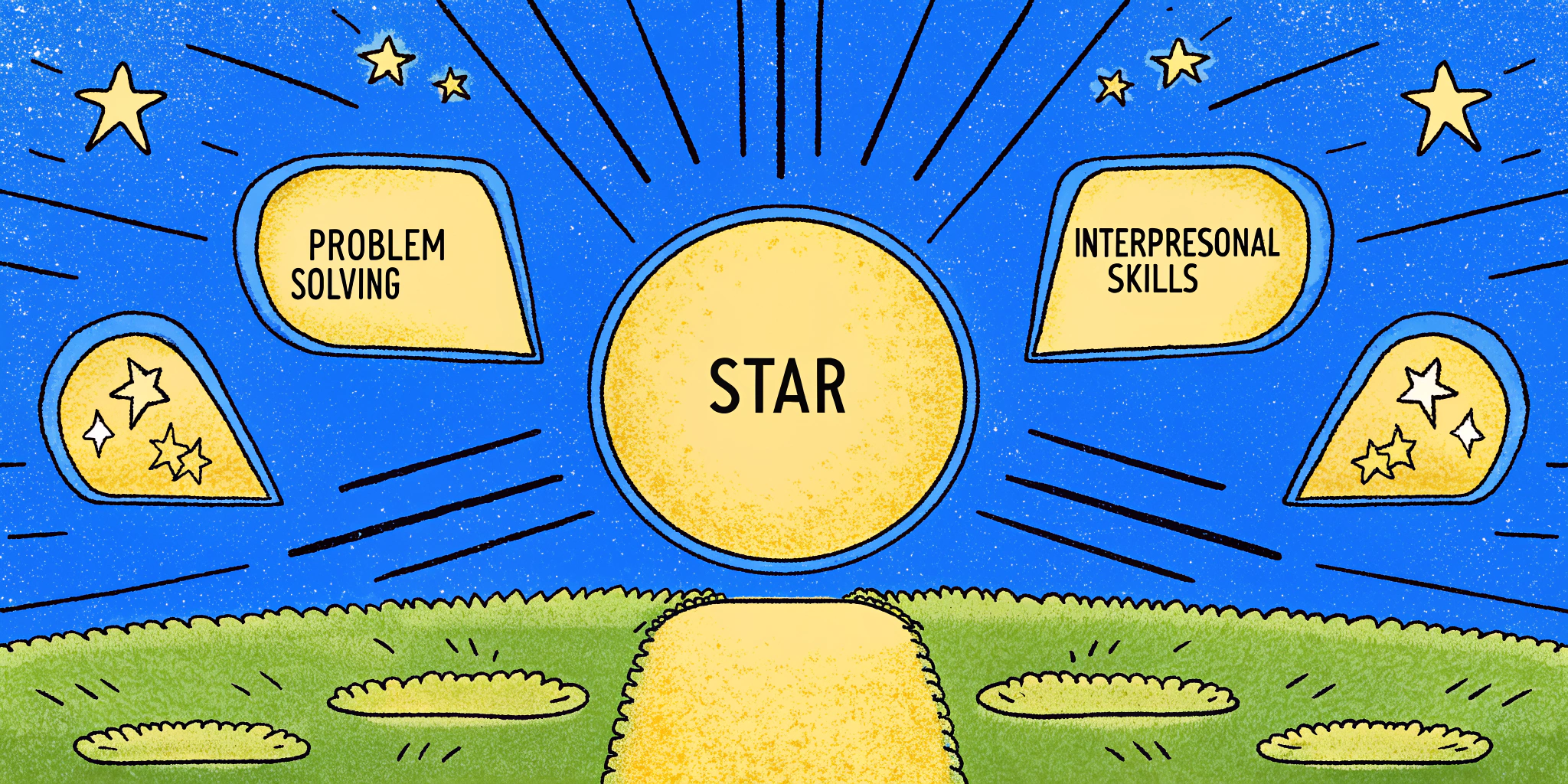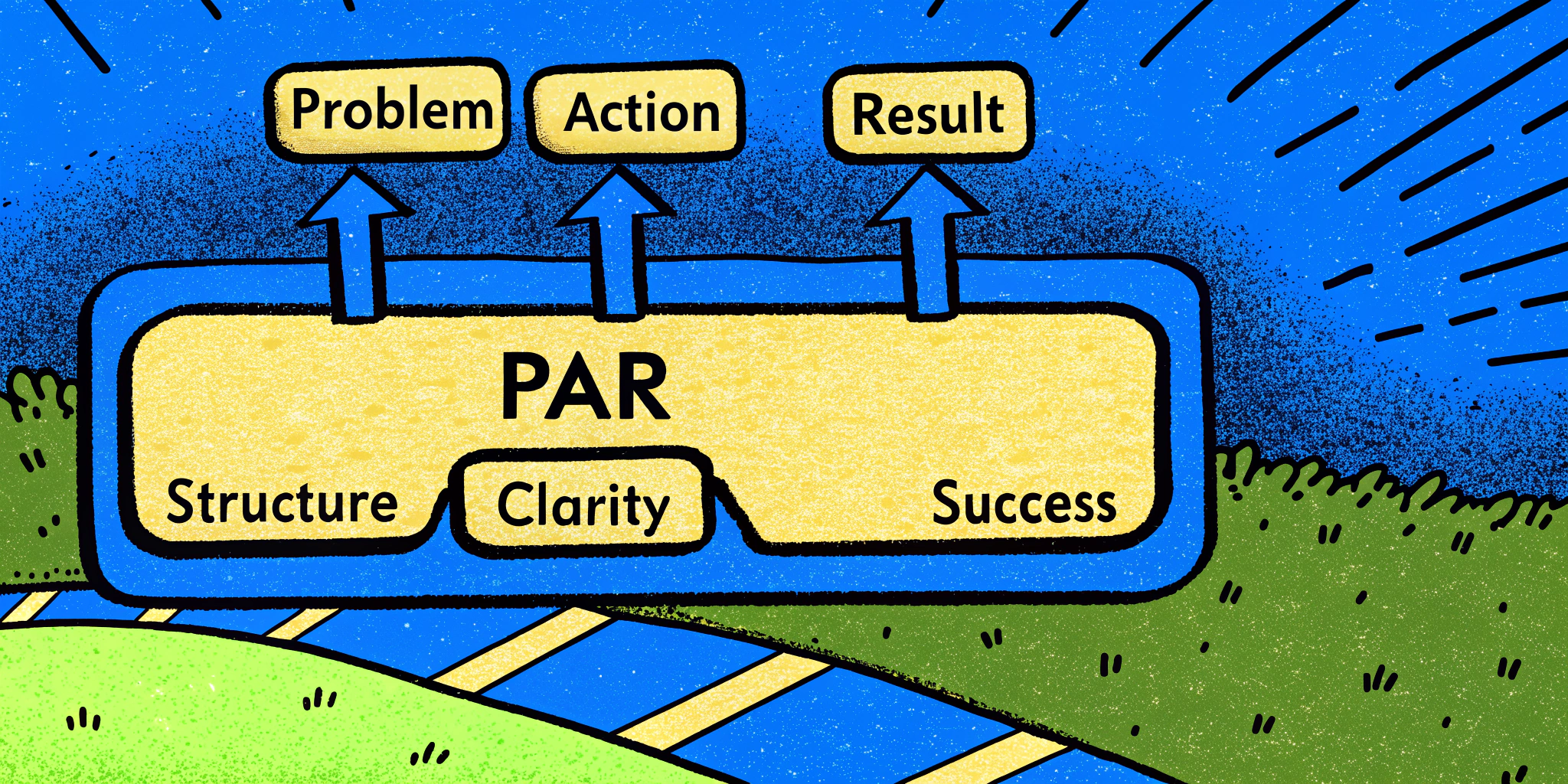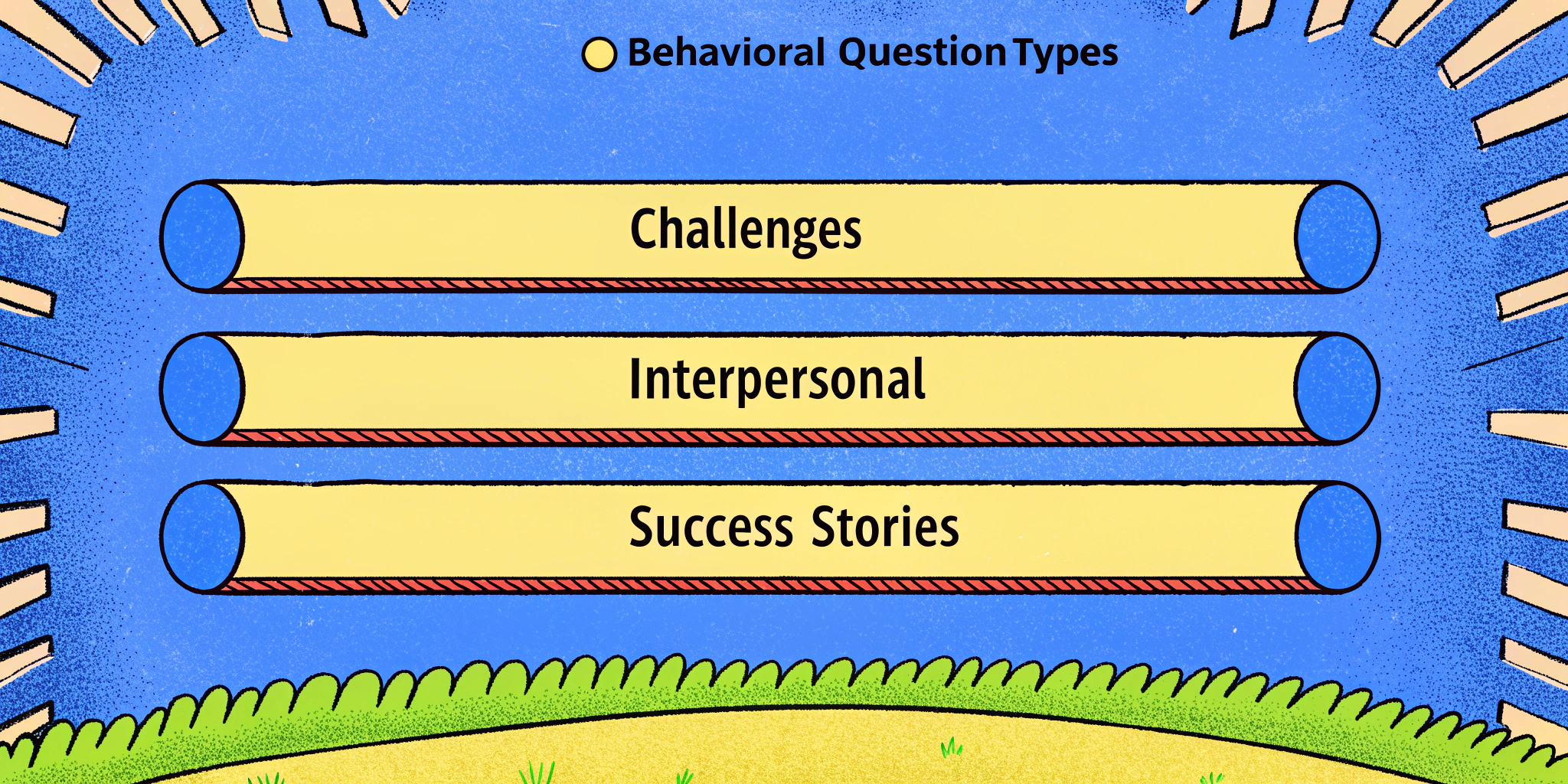Behavioral interview questions are a common hurdle in the hiring process—but they don’t have to be a roadblock to your success. Have you ever heard about the STAR method? Or maybe you’re wondering how to structure your answers when an interviewer asks, “Tell me about a time you failed,” or “How did you handle a challenging situation at work?” You’re not alone—these are questions many candidates struggle with.
I’m Madeline Mann, a Human Resources professional who’s helped transform thousands of interviews into career-defining opportunities. Today, I’ll walk you through how to effectively answer behavioral interview questions, share actionable tips, and teach you how to use the STAR method (and its variation, the PAR method) to shine in your next interview.
By the end of this article, you’ll know:
- Why behavioral questions are asked
- How to structure your answers using the STAR method
- Practical examples that demonstrate success
- The three core types of behavioral interview questions
- Pro tips to avoid over-complication and rambling
Let’s get into the details that will help you prepare for your next UKG behavioral round like a pro.
1. What Are Behavioral Interview Questions?
Behavioral interview questions are designed to evaluate how you’ve handled specific work situations in the past. These often begin with:
- “Tell me about a time when…”
- “Give me an example of…”
- “How did you…”
The key motivation behind these questions is simple: past behavior predicts future performance. Unlike hypothetical or philosophical questions (e.g., “How would you define team culture?”), behavioral questions aim to extract tangible examples of your experience.
These questions might include:
- “Tell me about a time when you had to resolve conflict on your team.”
- “How did you handle a project that was off-track?”
- “What decisions did you make when assuming a leadership role?”
Here’s why answering questions like these matters: It shows recruiters that you’re more than just words on a resume—you’ve handled challenges, dealt with disagreements, and made a genuine impact.
2. The STAR Method – Your Ultimate Answer Framework
The STAR method is a powerful interview tool because it gives you a structured way to present answers. Break your story into 4 steps:
| Element | What it Means | Example Question: “Tell me about a time when you resolved a workplace conflict?” |
|---|---|---|
| S | Situation – Set the scene for your story. | “I was working on a cross-departmental project where deadlines were tight…” |
| T | Task – What was your responsibility? | “I noticed growing friction between the marketing and design teams affecting productivity.” |
| A | Action – What actions did you take? | “I held a mediation meeting and encouraged open communication. I proposed actionable workflow changes…” |
| R | Result – What was the outcome? | “The team adopted my proposed changes. As a result, we met deadlines with a 30% boost in efficiency.” |
Why STAR Works
Recruiters and hiring managers love detailed, evidence-backed answers. STAR not only ensures your response has depth but also highlights your problem-solving abilities and measurable outcomes.
3. The PAR Shortcut – Making STAR Simpler
While the STAR method is effective, it can sometimes feel verbose—especially under pressure. That’s where the PAR Method comes in: Problem, Action, Results. It removes the fluff and focuses on three key aspects:
| Step | What It Covers | Example for “Describe a time when you pitched an idea successfully?” |
|---|---|---|
| P | Problem: Define the challenge. | “Our software suite’s onboarding process confused new users.” |
| A | Action: Discuss the steps you took. | “I researched pain points, collaborated with the UX team, and revamped the landing page.” |
| R | Result: Show measurable impact. | “Implementation reduced onboarding time by 50%, increasing user retention by 25%.” |
This stripped-down method is especially useful when time is limited—or when you tend to overthink answers.
4. Example Answers That Work (And Why)
Question: “Tell me about a time when you failed.”
Answer using STAR:
S: “At my previous job, we had to deliver an analytics project for a major client, but halfway through, I realized my team misunderstood their key requirements.”
T: “As the lead, I was responsible for ensuring deliverables aligned—but I missed clarifying one critical assumption.”
A: “I arranged a call with the client to recalibrate expectations and proposed a new workflow. Meanwhile, I reorganized internal tasks to split the extra workload efficiently.”
R: “Though the project required overtime, we met the new client specifications and secured additional contracts worth $300K annually.”
Why This Works:
- Vulnerability, Accountability, and Problem-Solving: Failure is human, but solutions show professionalism. You took ownership and bounced back!
5. The Three Core Categories of Behavioral Questions
Mastering behavioral interviews doesn’t require memorizing every possible question. Instead, focus on these three common types:
| Category | Examples |
|---|---|
| Challenges/Failures | – “Tell me about a time you missed a deadline and how you handled it.” |
| Interpersonal Dynamics | – “What did you do when you disagreed with your manager?” |
| Success Stories | – “Describe a major accomplishment you’re proud of and how you achieved it.” |
By building robust STAR or PAR responses for each category, you’ll cover 90% of the questions interviewers love to ask.
6. Conclusion: The Secret to Landing the Job
The key to acing interviews—UKG behavioral rounds or otherwise—is preparation. Build your story toolbox by reflecting on accomplishments, challenges, and impactful moments from your career. Use frameworks like STAR and PAR to bring clarity and focus to your answers.
If interview prep feels overwhelming, tools like Ninjafy AI can turbocharge your confidence. Their NinjaCopilot™ offers tailored interview responses and real-time coaching during sessions, helping candidates land over 441K amazing offers. With live feedback based on your role and unique experiences, it feels like having your own HR coach on standby!
So, the next time someone says, “Tell me about a time when…”, you’ll be ready to be the brightest star in the room.




